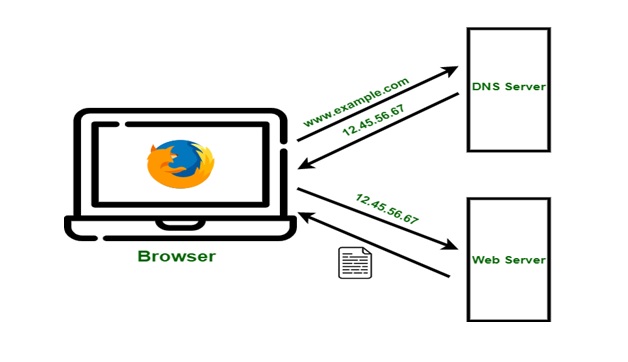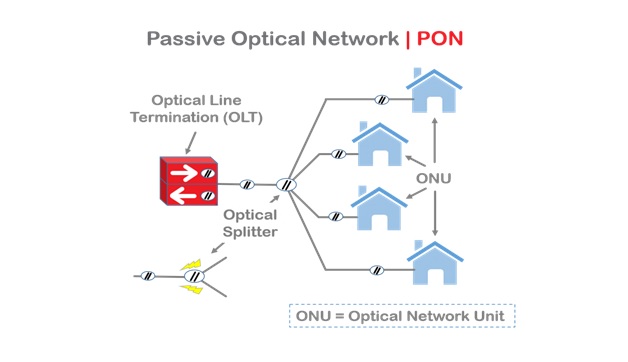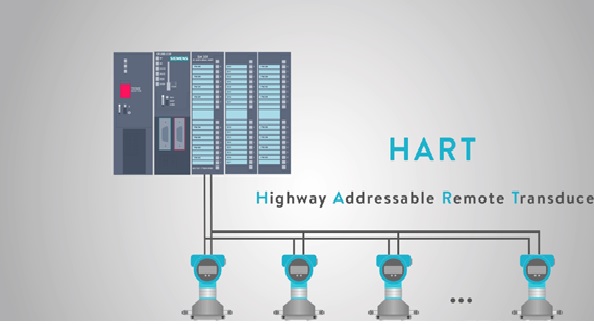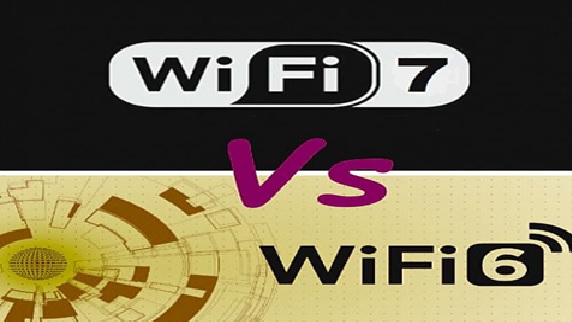The Domain Name System (DSN)
The Domain Name System (DNS) is an important part of the internet, providing a way to map names (a website you’re seeking) to numbers (the address for the website). Anything connected to the internet - laptops, tablets, mobile phones, websites - has an Internet Protocol (IP) address. Your favorite website might have an IP address like 93.184.216.34, but this is obviously not easy to remember. However, a domain name such as example.com is something people can recognize and remember. DNS maps domain names with IP addresses enabling humans to use memorable domain names while computers on the internet can use IP addresses. [1]

Figure 1. The Domain Name System (DSN)
Figure 1 shows authoritative DNS servers are the DNS infrastructure that satisfies requests from recursive DNS servers (discussed below) with the corresponding IP address information. Authoritative DNS servers also provide essential DNS information for each website (corresponding IP addresses, a list of mail servers and other DNS record information).
An authoritative DNS server holds and maintains DNS records. It is the last server in a DNS lookup chain that responds with the queried DNS record. An authoritative DNS ultimately allows a web browser with the URL request to reach the IP address needed to access a website or other web resources. An authoritative DNS domain name server is a definitive source for DNS domain name resolution. [3]
There are 4 DNS servers involved in loading a webpage:
- DNS recursor - The recursor can be thought of as a librarian who is asked to go find a particular book somewhere in a library. The DNS recursor is a server designed to receive queries from client machines through applications such as web browsers. Typically the recursor is then responsible for making additional requests in order to satisfy the client’s DNS query.
- Root nameserver - The root server is the first step in translating (resolving) human readable host names into IP addresses. It can be thought of like an index in a library that points to different racks of books - typically it serves as a reference to other more specific locations.
- TLD nameserver - The top level domain server (TLD) can be thought of as a specific rack of books in a library. This nameserver is the next step in the search for a specific IP address, and it hosts the last portion of a hostname (In example.com, the TLD server is “com”).
- Authoritative nameserver - This final nameserver can be thought of as a dictionary on a rack of books, in which a specific name can be translated into its definition. The authoritative nameserver is the last stop in the nameserver query. If the authoritative name server has access to the requested record, it will return the IP address for the requested hostname back to the DNS Recursor (the librarian) that made the initial request. [2]
References:
- https://www.verisign.com/en_US/website-presence/online/how-dns-works/index.xhtml
- https://www.cloudflare.com/en-in/learning/dns/what-is-dns/
- https://www.thousandeyes.com/learning/techtorials/dns-domain-name-system
Cite this article:
Thanusri swetha J (2021), The Domain Name System (DSN), AnaTechMaz, pp. 52















